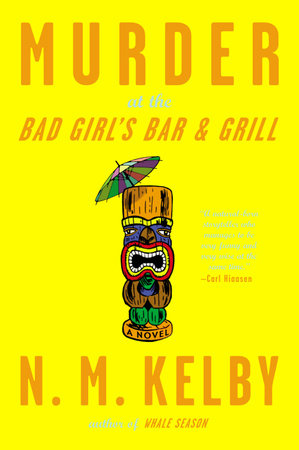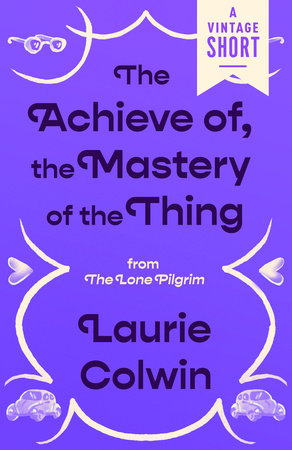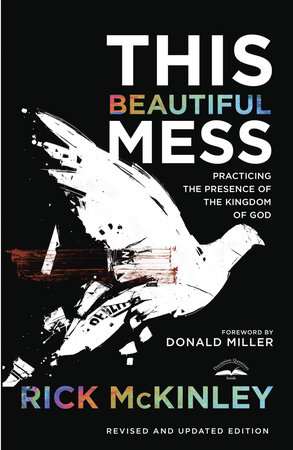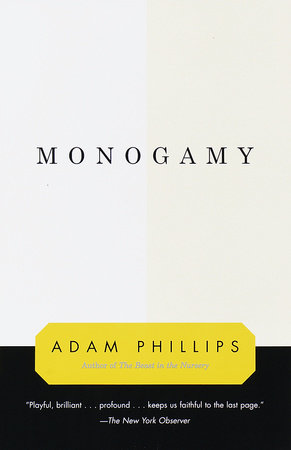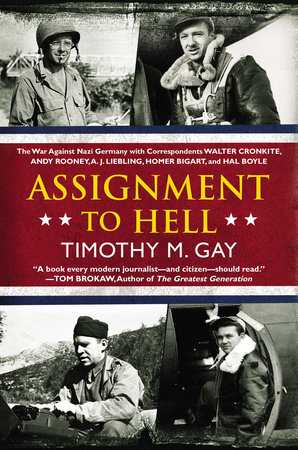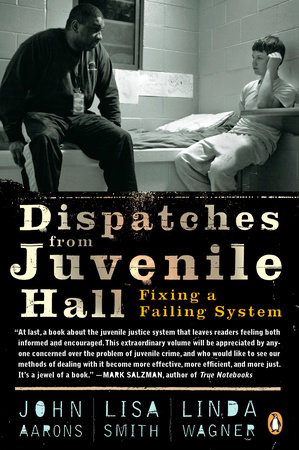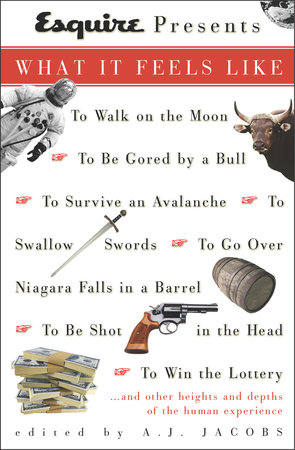Author Q&A
How did you become involved in juvenile justice work?
Each of us remembered how the difficulty of our own adolescents was made easier by caring adults in our lives. Our pasts didn’t include delinquency but what we share with youth in the system is trauma from childhood. We realize how lucky we each were to have people to help us navigate through that time and want to give back to other youth who also come from difficult backgrounds.
John’s mother was murdered when he was 10. There were wonderfully supportive people who did for him what he now does every day working with youth – helping them through the trauma in their lives. He also sees the youth we work with as creative and talented kids and that it’s up to us as adults to find a way to invite them into being part of what works to reduce delinquency.
Lisa came to her loving parents through the adoption system and was in a family that was both a victim of a crime and who also had a family member who committed a very serious crime. Witnessing the trauma and support within all of this caused her to want to help others.
Linda grew up in a very large and loving family with an alcoholic father. Her five siblings offered her a safe place to live and the encouragement to be what was then the only child to attend and finish college. She wanted her work to help influence the lives of young people for the better as her family had done for her.
When someone asks you what you do, how do you describe your work and organization?
The typical response when we tell someone we work in juvenile justice is, “oh, how depressing – you must see a lot of horrible kids.” And our typically response is, “No, my job is very hopeful actually – I see the things that work, programs that reduce victimizations of juvenile crime in our community and turn young peoples lives around – young people who most everyone else have given up on – that’s a good day at the office.”
Then they go on to tell us what works in juvenile justice based on what worked for them when they were young. That part is less hopeful because it shows us the wide range of belief systems about what should happen to juvenile offenders. Those beliefs are usually not supported by the research and very often include things that don’t work – if not, make things work.
In terms of describing the organization we work in, we tell them about the balanced approach our organization provides – it’s a mix of corrections responses like probation, detention, community service, restitution to victims, etc. – things to hold youth accountable for their actions and combines those with treatment options like drug treatment and skill building so youth leave the system better able to deal with life’s stressors. We offer educational, vocational and career opportunities – effective services that help them move away from delinquency and towards positive personal goals. That’s the balanced approached, providing correctional services; restoration to victims; and skill building for the offender and, when appropriate, for their families.




